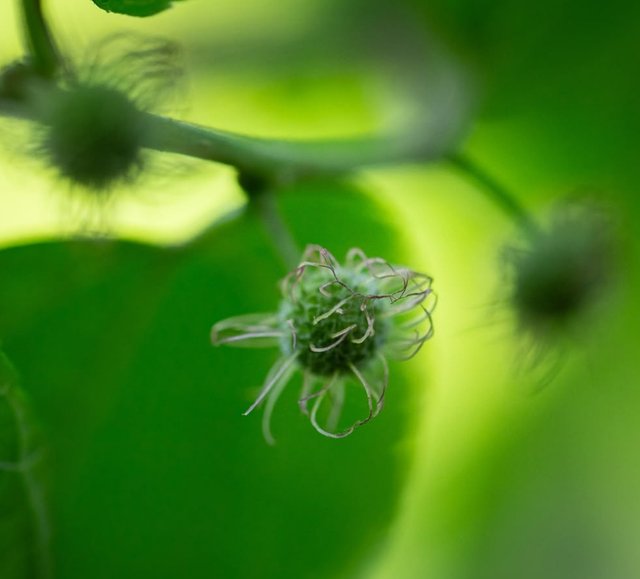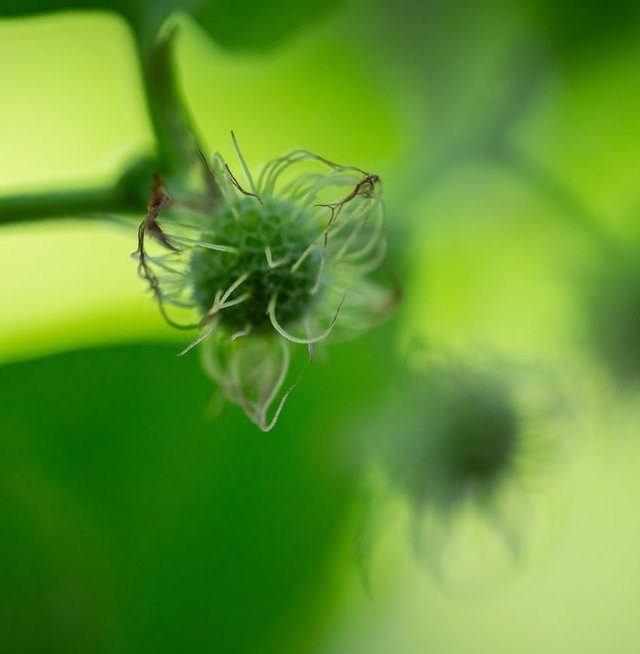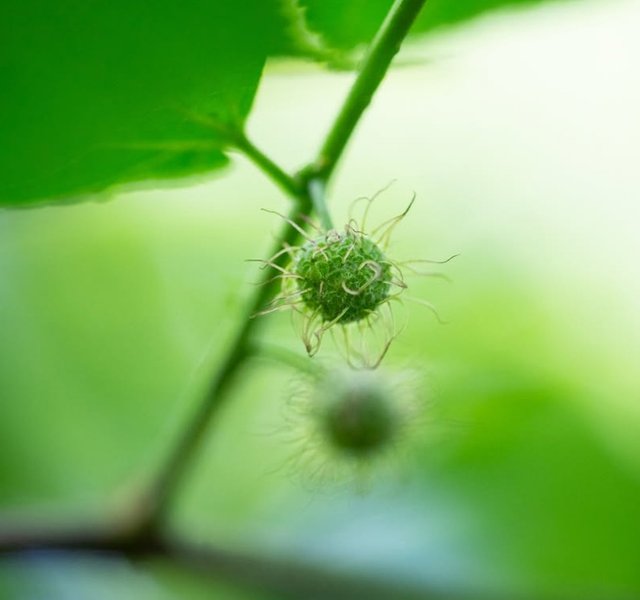Wonderful Wood Avens Flower
Wood Avens: A Hidden Gem of the Woodland Floor
When we think of woodland wildflowers, vivid bluebells or delicate primroses often spring to mind. Yet nestled among the dappled shade of hedgerows and forest paths lies a less showy but equally fascinating plant: Wood Avens, also known as Herb Bennet. Though modest in appearance, this perennial herb holds a rich tapestry of botanical interest, folklore, and ecological value.
Identification and Appearance
Wood Avens belongs to the Rosaceae family, sharing its lineage with roses, strawberries, and apples. It is a herbaceous perennial, meaning it lives for multiple years, dying back in winter and returning in spring.
Its bright yellow flowers, each with five petals, appear from May to August. While not particularly large, their sunny presence brightens shaded environments. After flowering, the plant produces distinctive hooked seed heads—a clever mechanism that allows seeds to cling to passing animals or humans for dispersal.
The leaves are pinnate, with a larger terminal leaflet and smaller side leaflets. The basal leaves form a rosette near the ground, while stem leaves grow alternately and become more toothed and divided further up.
Habitat and Distribution
Wood Avens is widespread across Europe, particularly the British Isles, and can also be found in parts of Western Asia and North Africa. It favors moist, shaded habitats, thriving along woodland edges, in hedgerows, and sometimes in urban green spaces—hence the species name urbanum.
Despite its association with the countryside, Wood Avens is surprisingly adaptable and often one of the first wildflowers to colonize disturbed or neglected areas.




%20(8).jpeg)